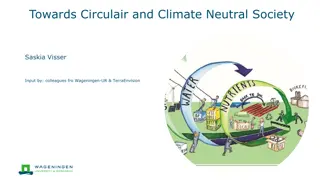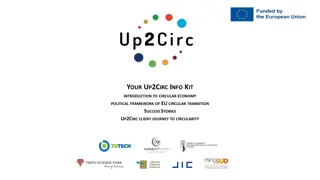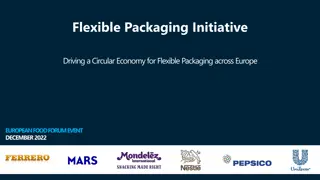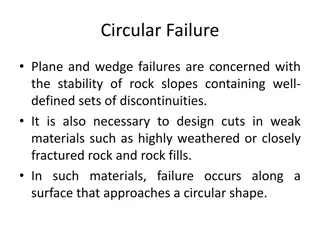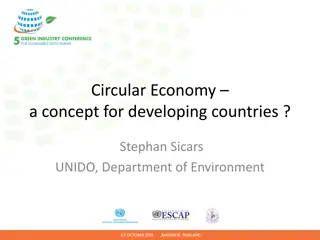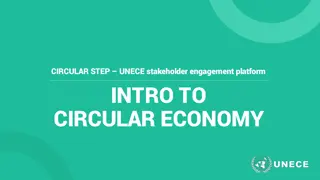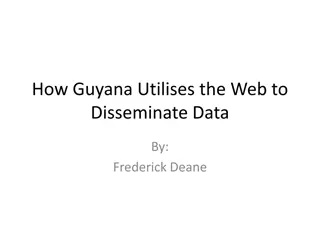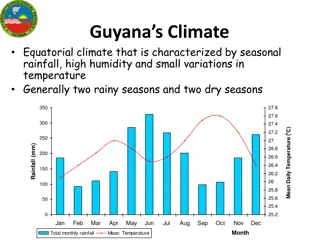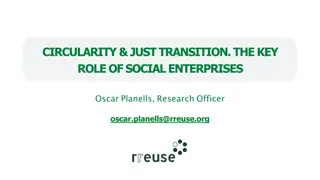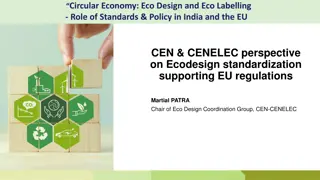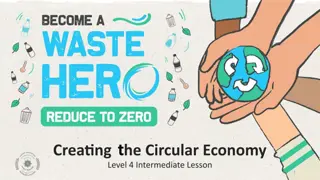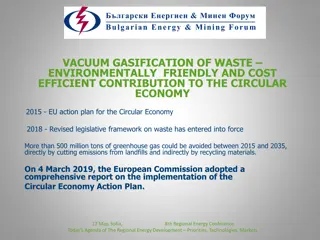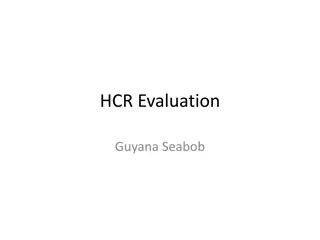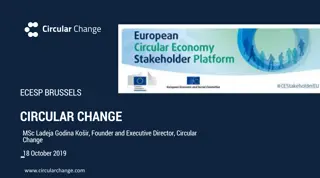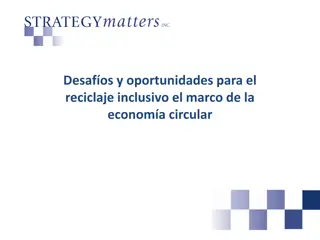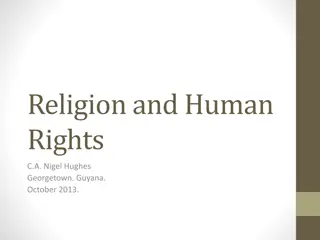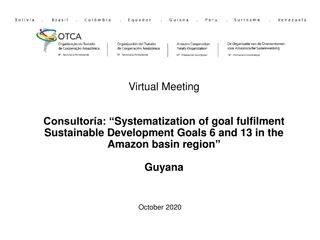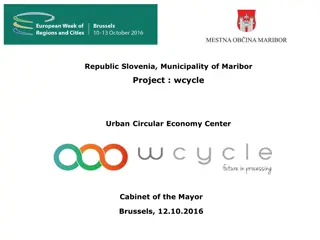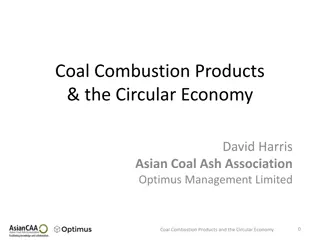
Circular Economy Approach in Guyana Cities
Explore the comprehensive circular economy approach in Guyana cities focusing on economic prosperity, environmental integrity, and social well-being. The initiative aims to green the cities through renewable energy, sustainable waste management, and land-use planning for a more sustainable future.
Download Presentation

Please find below an Image/Link to download the presentation.
The content on the website is provided AS IS for your information and personal use only. It may not be sold, licensed, or shared on other websites without obtaining consent from the author. If you encounter any issues during the download, it is possible that the publisher has removed the file from their server.
You are allowed to download the files provided on this website for personal or commercial use, subject to the condition that they are used lawfully. All files are the property of their respective owners.
The content on the website is provided AS IS for your information and personal use only. It may not be sold, licensed, or shared on other websites without obtaining consent from the author.
E N D
Presentation Transcript
Circular Economy Approach to Towns/Cities of Guyana
Overall Objectives of NAMA 3 pillar approach to Greening the Economy of Guyana to achieve: (i) economic prosperity, (ii) environmental integrity and (iii) social well-being. Goal: Greening the 9 (10) cities of Guyana through a holistic circular economy approach: Goal 1: Increasing share of Renewables and Energy Efficiency, Goal 2: Accelerate sustainable waste management,recycling and re-use and composting, Goal 3: Land-use Planning (Industrial andAgriculture Zones andTourism Belt).
National development strategies & Policies NAMA objectives and goals fully embedded in national development strategies and policies: Constitution, International Obligations (NDC, SDGs), CRSAP, National Agriculture Strategy, Energy Policy, Environmental Protection Act and Regulations, Low Carbon Development Strategy.
Green Bartica Pilot Town Goal 1:Low Carbon Development: Increase of renewable energies in the energy mix (e.g. hydro power plant,solar), Utilization of biomass, Energy efficiency measures, Low carbon clay brick factories.
Green Bartica Pilot Town Goal 2:Improved waste management: managed landfill sites, recycling industries, improved composting, waste water recycling.
Green Bartica Pilot Town Goal 3:Utilizing of local resources for Sustainable livelihoods: Revenue generation through sustainable food production and climate smart agriculture (cattle,Tilapia,pastures,crops), eco-tourism, jewelleries and furniture.
Early Actions Early actions under Goal 1 to showcase feasibility: Grid-connected solar PV (1.5 MW), School and governmental buildings electrification (rooftop solar/on-going), Street lighting (on-going).
Supporting Measures Enabling Policies: Inter-ministerial briefs,adoption of town council, Updated Energy Policy Framework,by-laws, Careful zoning, Establish building codes, Legislations for FiTs and Public Private Partnerships, Incentives for renewable energy & energy efficiency (appliances,lighting), Rigorous climate proofing.
Supporting Measures Technical Support Measures: Data collection surveys across sectors, ESIA, Land use surveys (map analysis,ground analysis,gps data), Economic studies (resource assessment, municipality development, marketing strategies, business development, identification of economic start-up units), Feasibility Studies for renewable additions,including hybrid systems.
Interventions Awareness Raising and consultations: On-going consultations process, Community meetings, Stakeholder buy-in, Marketing and de-risking framework, Commercial training models (through banks).
Finance mechanism - Energy Private Sector REIR (RE Interest Relief) system building on the MIR experience, Tax exemptions for EE appliances and EE lighting, RE equipment (existing incentives); Businesses: IPP and PPP model (under development), FiT (Energy Policy and Legislation) and competitive bidding / auctions for energy demand (grid connected RE).
Finance mechanism Business development Revolving loan fund for concessional loans (building on the SBG model) for 3 Business lines: Low Carbon Development (ESCOs), Sustainable Waste Management (SMEs), Utilizing local resources for sustainable livelihoods (SMEs); Managed by national banks, Seed funding provided by national budget and international funds (e.g. GCF).
Grant support (national and international) Trainings for business development, Research, innovation and development (Academia), Data collection (GPS and GIS surveys).
Institutional arrangements Management and Funds Oversight: Ministry of the Presidency (Oversight and reporting to the UNFCCC) Loans: Private Local Banks disburse funding under the revolving loan fund Coordination and Advisory: Steering Committee (under MoTP) includes representatives from: MoPI, MoF, MoB, MoA, MNR, MoC, Private Sector Commission, Civil Society Groups, Academia, financial sector. Grants: Local executing agency (specialized departments in Ministries) Competitive Bidding/Auctions: MoF
Institutional arrangements - MRV Oversight, coordination and reporting: GHG inventories and NDCs and SDGs Ministry of the Presidency Compilation of data and tracking of impacts: GHG Emissions: Line Ministries SDGs: Line Ministries
Implementation steps and timeframe Target Timeline (months) 6 Establishment of Institutional Structure for NAMA preparation and implementation 2 years National and International Financing for piloting in Bartica (school rooftop solar, Street lighting, solar PV plant)
National Contact: MoTP Janelle Christian Head, OCC

